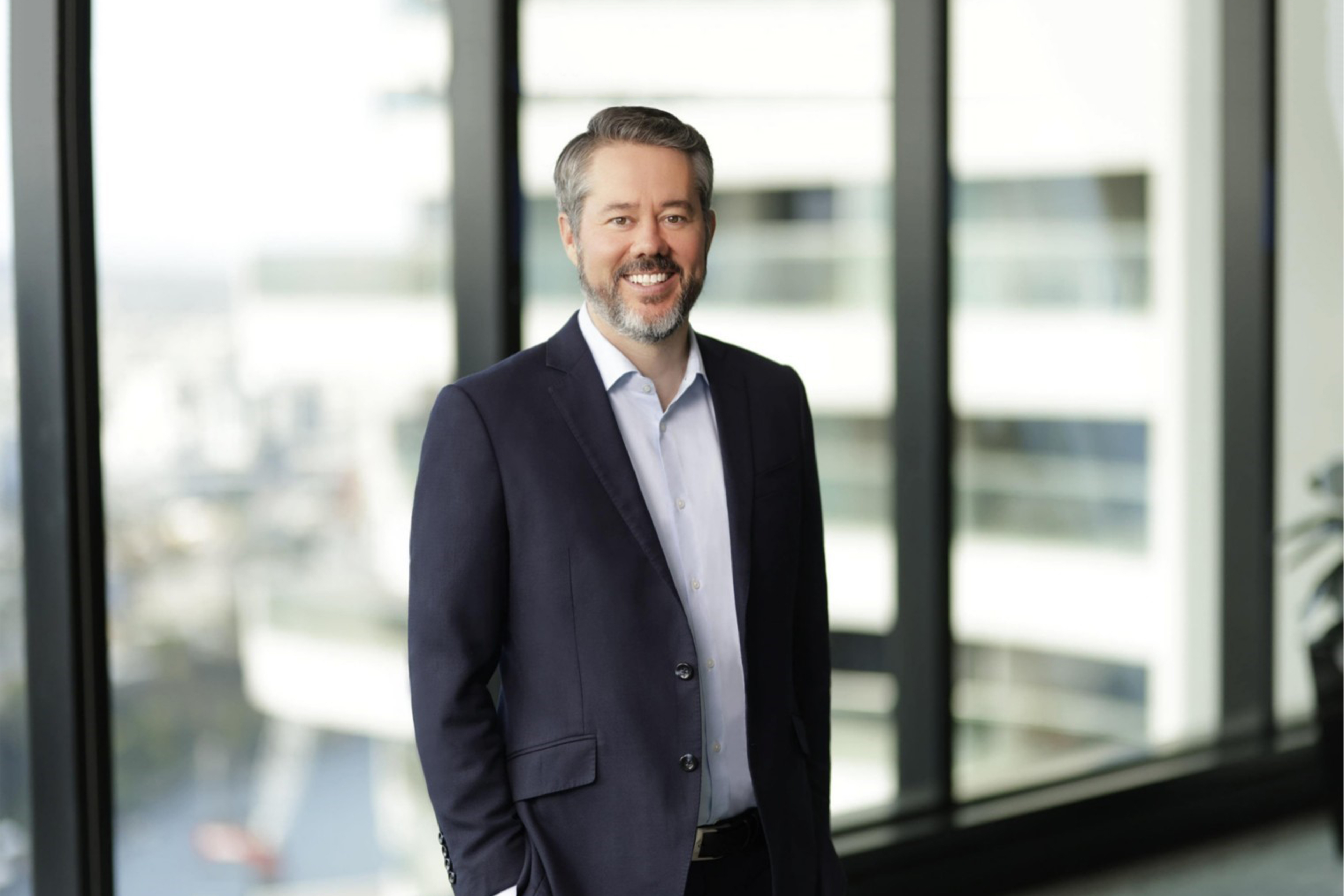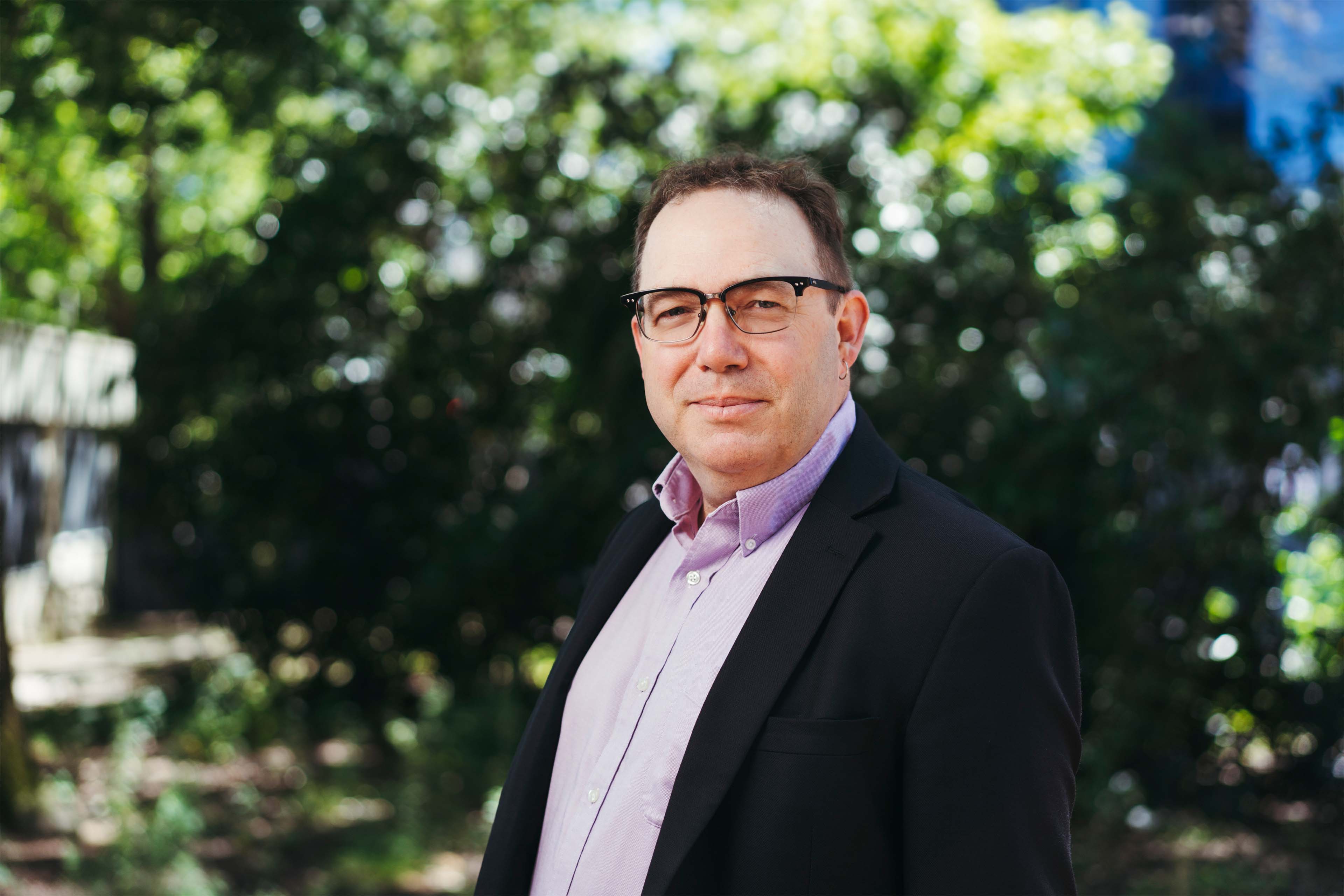EY refers to the global organisation, and may refer to one or more, of the member firms of Ernst & Young Global Limited, each of which is a separate legal entity. Ernst & Young Global Limited, a UK company limited by guarantee, does not provide services to clients.
Explore our Offerings
The EY Net Zero Centre brings together EY’s intellectual property, strategic insight, expertise and deep knowledge in energy and climate change leadership to solve the big problems ahead as we move towards net zero emissions by 2050.
Read moreAll the evidence suggests firmed renewable energy has a decisive cost advantage over alternative options, including nuclear, and is better positioned to underpin future energy intensive export industries. But even if the relative costs and merits of different generation options change in coming decades, keeping the lights on in the next few years requires immediate action to build and connect new generation.
Most of this renewable energy generation will be built at a distance from our capital cities, requiring an estimated 10,000 kilometres of new transmission infrastructure by 2050.[ii]
However, in its most recent update to the Electricity Statement of Opportunities (ESOO), published in May 2024, AEMO noted significant delays to key transmission projects and called for urgent investments in transmission capacity.[iii] Recent analysis shows that all but one transmission line project has suffered delays; some projects are more than five years behind schedule.







